The rapid snowballing of debt defaults by IL&FS and its group entities into a system-wide liquidity crunch has exposed well-hidden fault-lines in the workings of both non-banking finance companies (NBFCs) and the Indian bond market. All that IL&FS needs to do is, drift with the temporary liquidity crunch to boost the confidence of its shareholders and investors.
Infrastructure Leasing & Financial Services (IL&FS), originally promoted by HDFC, Central Bank of India and Unit Trust of India in 1987, operating via 169 subsidiaries, special purpose vehicles and joint ventures, has pioneered the infrastructure revolution in more than one way, with path-breaking projects such as the Zoji La tunnel Pass, Delhi-Noida toll bridge, GIFT, Gujarat International Finance Tec-City and umpteen others. LIC, Orix Corporation of Japan and ADIA, Abu Dhabi Investment Authority, that hold 25.34 percent, 23.54 percent and 12.56 percent each in IL&FS, are today its top three shareholders.
Congress president Rahul Gandhi, who has been tweeting feverishly in the last few days, questioning the need for any potential bail-out by LIC, has conveniently forgotten that it was under the erstwhile Congress-led dispensation that LIC acquired significant stakes in IL&FS in 2005, 2006 and, picking up as many as 19.34 lakh shares in 2010. The fact that LIC pumped in Rs 41,000 crore in 2007-08 and Rs 35,000 crore in 2008-09, with its outstanding exposure to the Indian equity markets at a whopping Rs 20,0000 crore by January 2009, amidst the Lehman meltdown, is a testimony to the fact that LIC used its reinvestible surpluses to stabilize markets, then.
If anything, a series of measures by the Narendra Modi Government to instill confidence in the money markets, which had seen the commercial paper (CP) yields rising by 20-40bps for even top-rated issuers, in the aftermath of the IL&FS imbroglio, deserve praise. For instance, the interbank liquidity deficit was addressed by allowing banks to carve out 15 percent holdings from their statutory liquidity reserves, against the earlier 13per cent to meet liquidity coverage ratio (LCR) requirements, thereby boosting systemic liquidity by an additional rupees two lakh crore.
This, coupled with an open market operation’s (OMO) announcement of Rs 36,000 crore for the month of October by the Reserve Bank of India (RBI), calmed the bond markets, with benchmark 10-year bond yields retracing from 8.23 percent last week to 7.99 percent on October 1. Three group companies of IL&FS are listed on the Indian bourses, namely, IL&FS Investment Managers Ltd, IL&FS Engineering and Construction Company Ltd and, IL&FS Transportation Networks Ltd. Importantly, many mutual funds, banks, insurance companies, non-banking financial companies (NBFC) and housing finance companies, have direct or indirect exposure to IL&FS.
Hence the National Company Law Tribunal’s (NCLT) decision to allow the Government to take-over IL&FS and supersede the erstwhile 10 member board, vide Article 241(2) of the Companies Act 2013, is a prompt and timely one that saved the Indian financial system from any potential cascading effects, limiting the collateral damage, if any. The alacrity, decisiveness and sheer professionalism with which the Modi Government took charge of IL&FS, is unmatched in Indian financial history.
The current embattled state which IL&FS finds itself in, thanks to gross mismanagement by the erstwhile board, is a temporary one arising out of asset-liability mismatch (ALM). In sharp contrast, the Lehman crisis in 2008, with Lehman filing for Chapter 11 Bankruptcy on September 15, 2008, was one of the insolvencies. Hence, desperate attempts by a disjointed Opposition to draw parallels between IL&FS and Lehman, smack of ignorance and a vested agenda to discredit the Modi Government that has been repeatedly praised by the likes of the IMF and the World Bank for turning around the Indian economy into the sixth largest, globally, from a fragile state it had been pushed to in 2012-13.
Do note, the size of debt assets under management of mutual funds in India is over Rs 18 lakh crore, with roughly 17per cent of that invested in NBFCs. Hence, IL&FS is simply too big to fail. Again, IL&FS is a huge borrower accounting for two percent of the outstanding CP market, one percent of the debenture market and roughly 0.7per cent of banking system loans. Interestingly, despite the sheer scale of numbers involved, the resilience of the Indian financial system shone through, with Indiabulls Housing Finance raising more than Rs 500 crore at 8.36 percent via CP market, and a Tata group company raising Rs 3,488 crore via non-convertible debentures (NCD) for the first time in 10 years at a rate of between 8.70-9.1per cent last week, even as the IL&FS issue raged on.
Coming back to the IL&FS fiasco, what triggered nervousness was a default by IL&FS on repayment of a Rs 1,000 crore short-term loan from Small Industries Development Bank of India (SIDBI) on September 5, 2018, followed by a series of defaults. The fact that in less than a month of the IL&FS crisis and barely within 48 hours of the IL&FS Annual General Meeting that was held on September 29 this year, management take-over had been affected by the Modi Government by October 1, 2018, speaks volumes of the current Government’s commitment to the millions of retail investors who have parked their money in debt funds that invariably have some kind of exposure to IL&FS.
Do not forget that in a rather similar incident in 2009 wherein a promoter, Ramalinga Raju of Satyam Computers was summarily removed for defrauding and cooking up the company’s books. The erstwhile Congress-led UPA Government back then had allowed the entire Satyam crisis to fester for seven long months from January till July 2009, before reaching a tentative solution, doing irreversible damage to the Indian financial markets in the bargain.
The IL&FS issue, however, raises questions about ‘conflict of interest’ plaguing credit rating agencies. In this entire issue, while the Modi Government and the RBI showed exemplary nimble-footedness in limiting collateral damage, the credit rating agencies had assigned investment grade ratings till as recently as August 2018, which was then reduced to junk status by September 2018 in a classic knee-jerk reaction.
That the IL&FS group was over-leveraged and rumored to have borrowed between 10-18 times its equity, to fund its infrastructure projects, most of which bring in returns over 20-25 years, was known to the credit rating agencies. They simply refused to even blink till things reached an inflection point.
Making things worse, IL&FS’ borrowings were all repayable in the short to medium-term of roughly eight to 10 years. What abetted the asset liability mismatch was cost overruns and inability to roll over short-term obligations. However, as things stand now, on October 31, 2018, the new board will submit a resolution plan to the NCLT. That could involve monetization of unviable assets, reducing stakes in 25 odd projects being operated by the company, possible Rights/NCD issues, raising authorized capital, deleveraging the balance sheet by 38 percent or roughly Rs 30,000 crore, bringing in new partners for some projects and the like.
At the core, IL&FS is an inherently strong company with assets worth Rs 1,15,815 crore as of fiscal 2018, with a standalone reported gearing ratio of 3.04 and a regulatory gearing ratio of 2.30. It has umpteen profit-making subsidiaries like the Khed Sinnar Expressway, Amravati Chikhli Expressway, Barwa Adda Expressway, Fagne Songadh Expressway, and others. Thanks to the Narendra Modi dispensation, by choosing not to hide the IL&FS issue by fraudulently evergreening its loans, but by tackling the problem head-on, including ordering a Serious Fraud Investigation Office probe to get to the bottom of things, the confidence in money markets has been restored.
Needless to add, the big message for companies and investors from the IL&FS issue is, not to go overboard in “borrowing at the short end and lending at the long end of the market”, as asset-liability mismatches can be a vicious cycle. That said, those indulging in fear-mongering by saying that IL&FS’ lenders will have to take a haircut of Rs 15,000-20,000 crore in a bid to save it, are completely wrong. IL&FS has deep pockets, strong capital base with good operational parameters, net assets higher than net liabilities, and all it needs is, the renewed confidence of its shareholders and investors, to tide over the temporary liquidity crunch.
If push comes to shove, even selling a minuscule stake in one of its subsidiaries, from the umpteen profitable ones it has in its kitty, can replenish its net worth and generate between Rs 20,000-30,000 crore, giving it the firepower to have the cash flows to service its debt obligations, without erosion in its core capital base.
And once market sentiment stabilizes, given its excellent track record in executing and financing some of the toughest infrastructure projects in the country, IL&FS, with a new board at the helm, should be able to continue to access the financial markets at competitive rates and get back to doing what it does best… (—)powering India’s superlative infrastructure growth story with projects like the Chennai-Nashri road tunnel project, that is a befitting example of what political will under the Narendra Modi dispensation has been able to accomplish.
(The writer is an economist and chief spokesperson for BJP, Mumbai)
Writer: Sanju Verma
Courtesy: The Pioneer







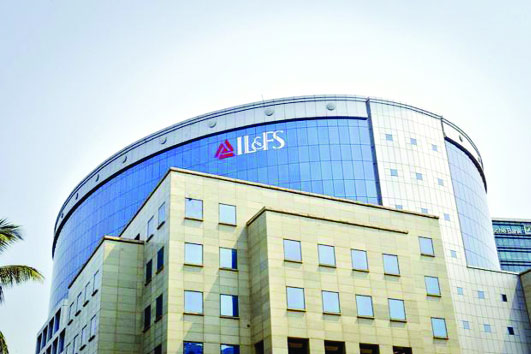
 OpinionExpress.In
OpinionExpress.In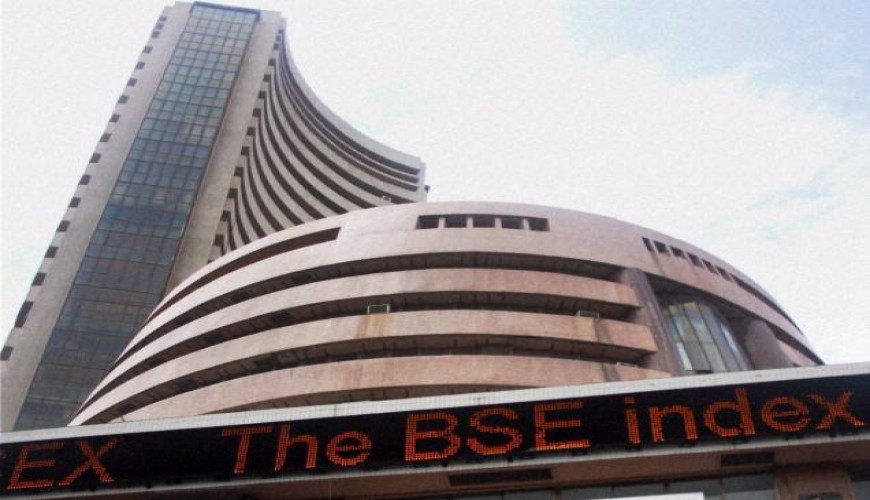
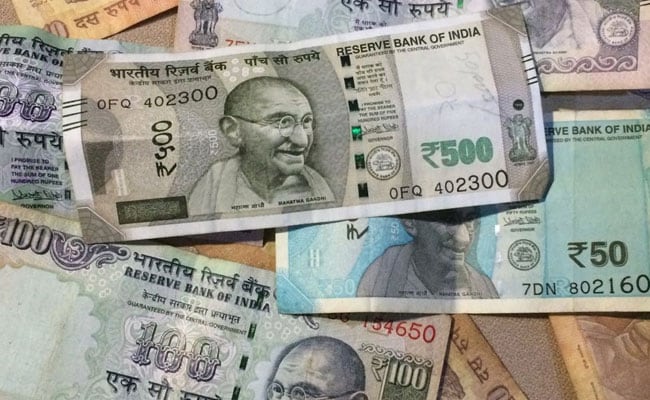

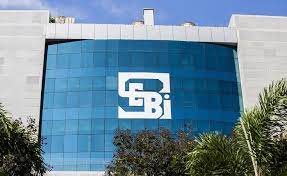

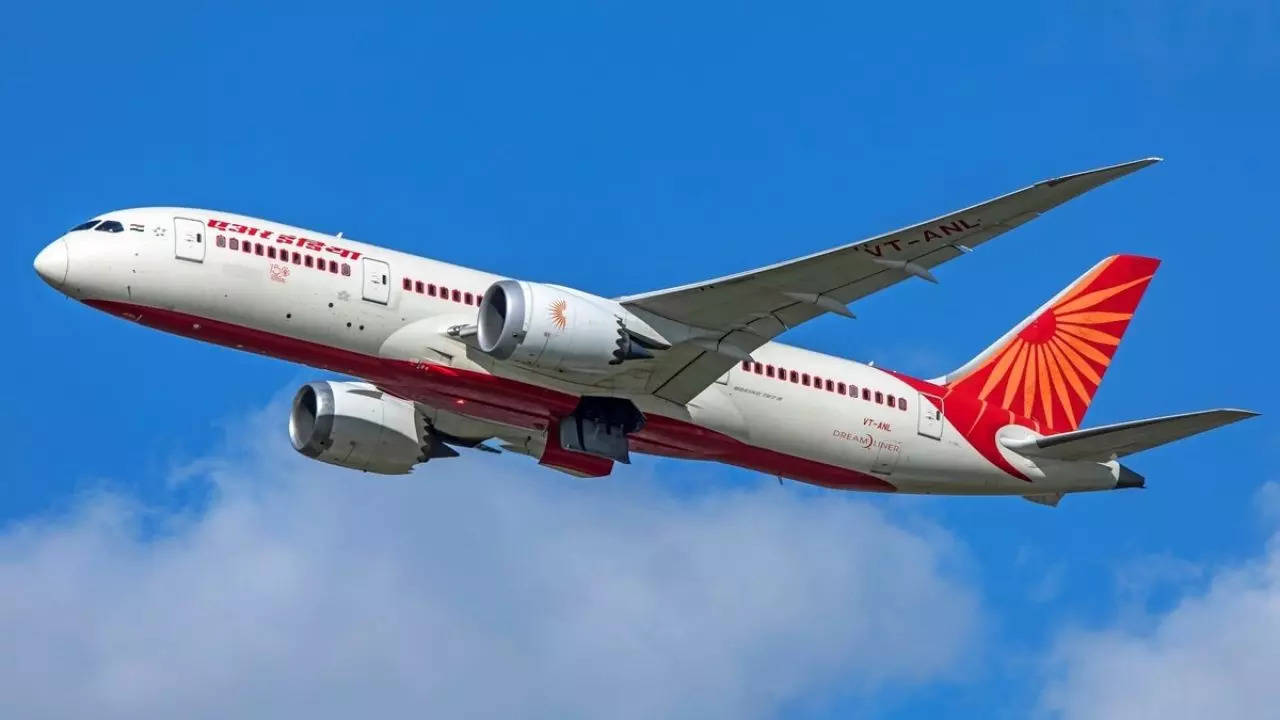
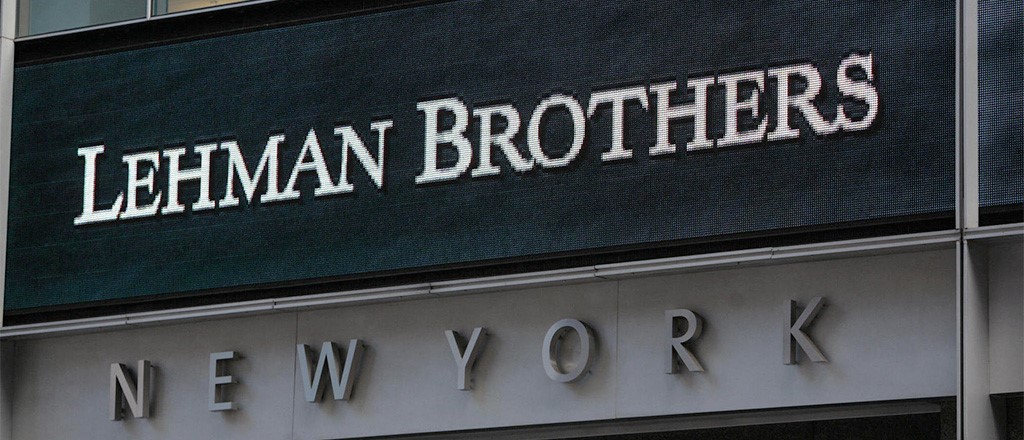









Comments (0)